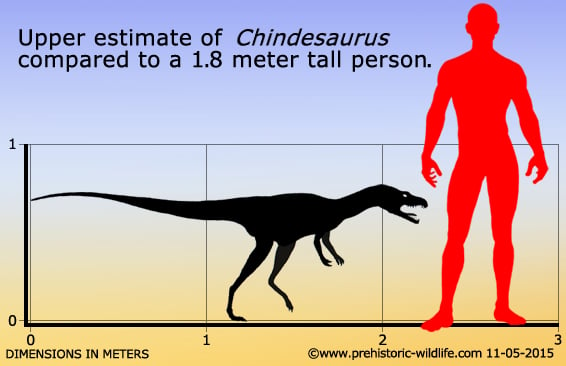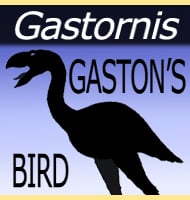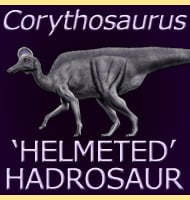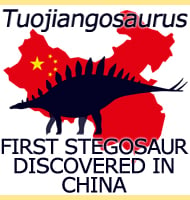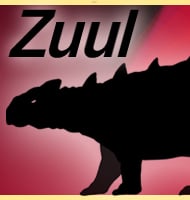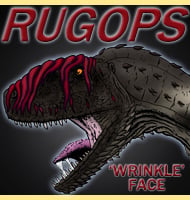In Depth
The holotype remains of Chindesaurus were first discovered in 1985 and at first thought to represent a kind of unknown sauropodomorph dinosaur. It was later however that it was realised that Chindesaurus actually represented a kind of primitive theropod dinosaur. Exactly what kind of early theropod dinosaur has been a little bit harder to ascertain, with some researchers choosing to class Chindesaurus as a basal saurischian, though most researchers today consider Chindesaurus to be a relative of the more famous Herrerasaurus.
At the time of writing a complete specimen of Chindesaurus is unknown, but several individuals have been identified allowing for slightly more complete composite reconstructions to be built up. With an approximate average size of just over two meters, Chindesaurus would have been a small predator for the time that may have primarily hunted smaller animals such as larger lizards to even smaller or juvenile dinosaurs. Compared to other predators of the time, Chindesaurus would have been among the faster and more agile hunters, traits that would also be its best defence as far larger predators such as rauisuchians like Saurosuchus and Postosuchus were both roaming around North America at the same time as Chinlesaurus.
The name Chindesaurus can be broken down to mean ‘Chinde lizard’, a reference to Chinde point, the location in close proximity to the holotype remains. The word Chinde is also Navajo for ‘ghost’. Another genus of early dinosaur named in 1998 (from fossils originally attributed to Chindesaurus) and called Caseosaurus has been speculated to actually be synonymous with Chindesaurus.The name Chindesaurus can be broken down to mean ‘Chinde lizard’, a reference to Chinde point, the location in close proximity to the holotype remains. The word Chinde is also Navajo for ‘ghost’. Another genus of early dinosaur named in 1998 (from fossils originally attributed to Chindesaurus) and called Caseosaurus has been speculated to actually be synonymous with Chindesaurus.
Further Reading
- Late Triassic (Carnian and Norian) tetrapods from the southwestern United States. - New Mexico Museum of Natural History and Science Bulletin 4:1-254. - R. A. Long & P. A. Murry - 1995. - A critical re-evaluation of the Late Triassic dinosaur taxa of North America. - Journal of Systematic Palaeontology, 5(2): 209–243. - Nesbitt, Irmis & Parker - 2007. - A late-surviving basal theropod dinosaur from the latest Triassic of North America. - Proceedings of the Royal Society B 278 (1723): 3459–64. - C. Henrici - 2011.
